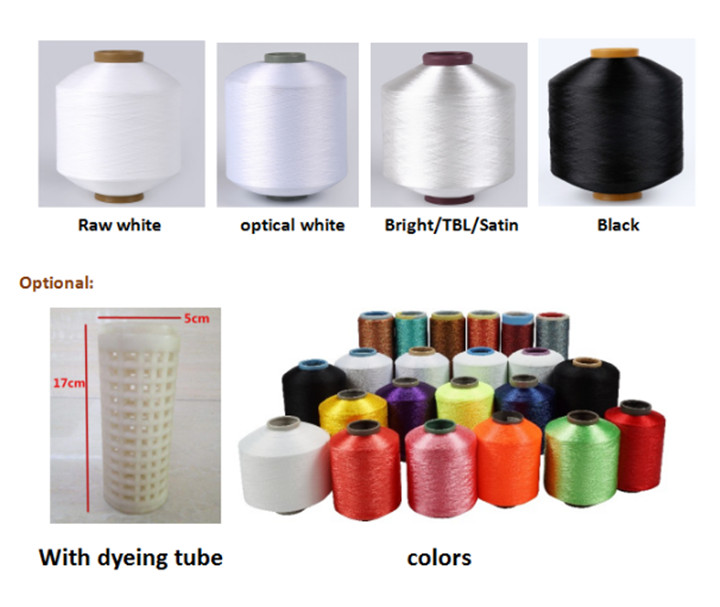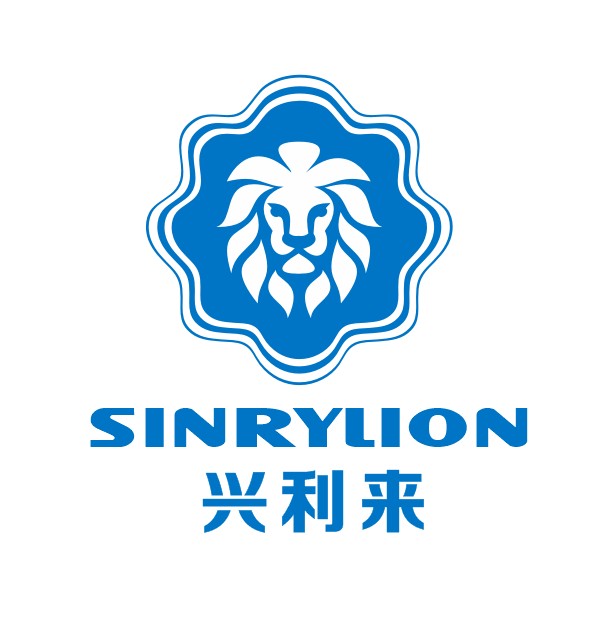What is twisted yarn? What are the functions of twisted yarn and production precautions?
2021-07-14
What is twisted yarn?
Twisting is a process of twisting single filaments or strands (multiple filaments are entangled with each other) to obtain a certain twist direction and number of twists.
According to the specifications of the finished silk fabric, the appearance effect or physical mechanical properties of the silk thread can be changed through the twisting process, which can not only improve the weaving performance of the silk thread, but also meet the requirements of the appearance of the fabric and different uses.

woven label twisted polyester yarn
What is the twist direction?
In the textile industry, the twist direction refers to the direction in which the yarn is twisted.
The twist direction is divided into left twist and right twist, and can also be divided into S twist or Z twist.

Z twisted: After twisting, the tilt direction from bottom to top is from left to right
S twisted: After twisting, the tilt direction from bottom to top is from right to left
What are the functions of twisted silk?
(1) Increase the strength and wear resistance of the yarn (within the critical twist range) to reduce fluffing and breakage and improve the fastness of silk fabrics.
(2) Make the yarn have a certain shape or color, and give the fabric appearance with the effects of refraction, crepe, loops, knots, etc.
(3) Increase the elasticity of the yarn, improve the wrinkle resistance and air permeability of the fabric, and make the fabric cool and comfortable to wear.
What problems should be paid attention to in production?
(1) There are two twisting methods, dry twisting and wet twisting. Dry twisting is used for conventional twisting, but for some strong twisted mulberry silk, the wet twisting method must be used to meet the technological requirements.
(2) Dry twisting uses ordinary twisting machines and two-for-one twisters, while wet twisting uses wet twisting machines.
(3) To make the surface of the yarn have fancy effects such as hairiness and knots, a fancy twister must be used.
(4) When the yarn is double-twisted, the twist direction used is generally opposite to the initial twist direction.
(5) Whether the warp and weft yarn materials need to be twisted, what twist direction and how much twist should be set according to the requirements of fabric varieties and specifications. Except for fancy twisting machines, other twisting processes require good winding and forming, easy unwinding, uniform tension, appropriate size, and uniform twist.
On the premise of meeting the technological requirements, increase the package appropriately to improve the output and quality of twisted yarn processing.
 English
English 한국어
한국어 বাংলা ভাষার
বাংলা ভাষার हिन्दी
हिन्दी Türkçe
Türkçe русский
русский




